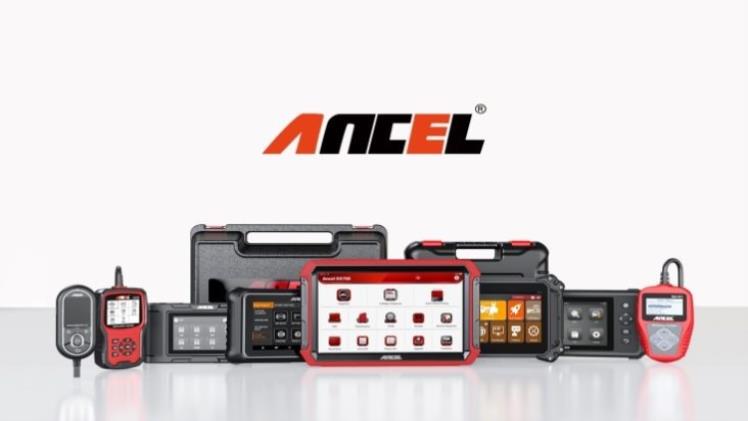
Understanding The World Of Modern Car Diagnostics
In an era where technology and automobiles intertwine more closely than ever, the role of OBD2 scanners in vehicle maintenance and diagnostics has become crucial. These devices not only provide insights into the health of a vehicle but also empower owners and mechanics to address issues proactively. In this comprehensive exploration, we delve into the significance of OBD2 scanners, their evolution, and how they continue to shape automotive diagnostics.
What is an OBD2 Scanner?
OBD2 scanners, or On-Board Diagnostics II scanners, are sophisticated devices that interface with a vehicle’s internal systems. They are the gateway to understanding the complexities of modern vehicles, offering detailed insights into various subsystems. These tools have become essential in diagnosing vehicular issues, saving time and money in the repair process.
Spotlight on ANCEL X7: A Market Leader
When discussing cutting-edge OBD2 scanners, the ANCEL X7 stands out. It’s a comprehensive tool that caters to both car enthusiasts and professional mechanics. The X7 goes beyond basic diagnostics, offering full system diagnoses with active tests or bi-directional control. This allows users to communicate directly with a vehicle’s control modules, a game-changer in efficient diagnostics and repair.
The Evolution of Car Scanners
The journey from basic code readers to advanced tools like the ANCEL X7 mirrors the evolution of automotive technology itself. From the basic OBD1 systems to the more sophisticated OBD2 devices, car scanners have become more user-friendly and powerful, offering comprehensive insights into a vehicle’s health.
How Do OBD2 Scanners Work?
OBD2 scanners function by plugging into a vehicle’s OBD port, allowing them to read codes and data transmitted by the vehicle’s computer. This process provides real-time diagnostics, crucial for timely maintenance and repair.
Types of OBD2 Scanners
OBD2 scanners come in various forms, each offering different capabilities and user experiences.
Handheld Scanners: Ideal for basic diagnostics, these are straightforward and user-friendly.
Bluetooth Scanners: Offer wireless convenience, connecting to smartphones or tablets.
Professional Diagnostic Tools: Like the ANCEL X7, these provide extensive diagnostics and advanced features like ECU coding and IMMO keys support.
Key Features to Look for in OBD2 Scanners
Choosing the right OBD2 scanner involves considering key features such as compatibility, system diagnostics capabilities, and additional functions like ECU coding, as seen in the ANCEL X7.
Benefits of Using an OBD2 Scanner
The advantages of using an OBD2 scanner are numerous, including cost-effective diagnostics, preventative maintenance, and enhanced vehicle performance. Tools like the ANCEL X7 further expand these benefits with their advanced features.
Choosing the Right OBD2 Scanner for Your Needs
Selecting an OBD2 scanner involves considering your level of expertise, the type of vehicle, and the specific features you need. The ANCEL X7, for example, offers a broad range of functionalities suitable for various users.
Common Misconceptions About OBD2 Scanners
There are several misconceptions about OBD2 scanners, such as their being exclusively for professionals or capable of fixing car problems directly. It’s important to understand their true capabilities and limitations.
OBD2 Scanner Compatibility Issues
While many scanners boast wide compatibility, it’s crucial to ensure the scanner you choose works with your specific vehicle model.
How to Use an OBD2 Scanner
Using an OBD2 scanner involves connecting it to the OBD port, navigating its interface, and interpreting the diagnostic codes. With advanced models like the ANCEL X7, you can perform more complex diagnostics and resets.
Troubleshooting Common Issues
Common issues with OBD2 scanners can range from connectivity problems to misinterpretation of diagnostic codes. Understanding these challenges is key to effective vehicle diagnostics.
Future of OBD2 Technology in Car Diagnostics
The future of OBD2 technology looks promising, with advancements in wireless connectivity, cloud-based diagnostics, and more comprehensive system integrations.
Conclusion
OBD2 scanners, particularly advanced models like the ANCEL X7, are revolutionizing vehicle diagnostics. Understanding and utilizing these tools is essential for maintaining vehicle health and performance in the modern automotive landscape.






